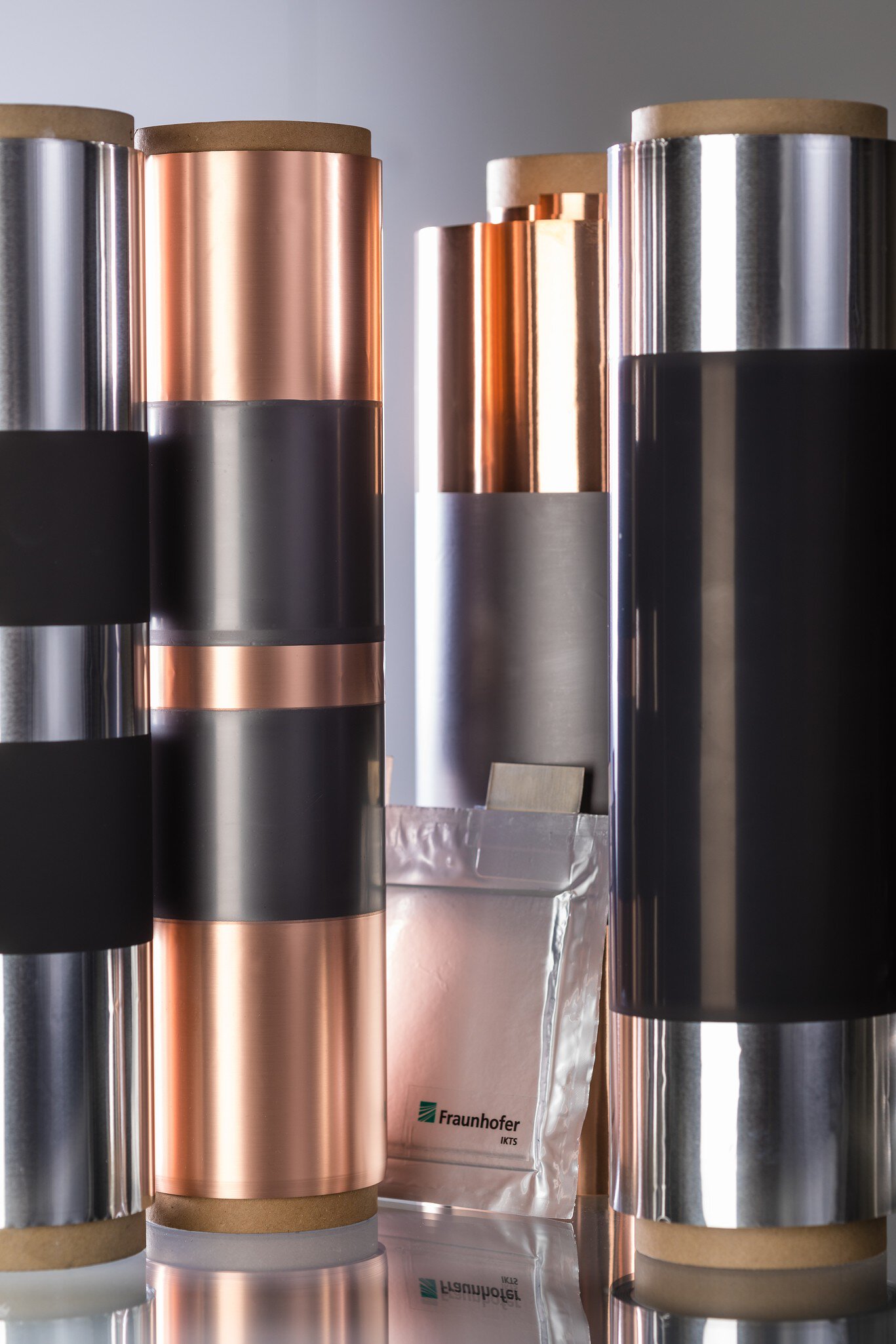Ceramics for batteries and energy storage—safe, stable, powerful
Ceramic materials are key components of modern battery and storage systems. In solid-state batteries, oxide or sulfide ceramics serve as solid electrolytes with high ionic conductivity and thermal stability—a key to greater safety and energy density. Ceramic separators or protective layers are also increasingly being used in lithium-ion batteries to improve thermal and cycle stability.
Refractory materials also play an important role in the production of battery materials, for example, in high-temperature furnaces for cathode and anode powder. Ceramic linings protect process systems against chemical attacks and temperature changes. New developments show how ceramics contribute to the improved efficiency, extended service life and safety of storage systems—from stationary grid storage systems to electric mobility.


Ceramics in battery and storage systems: materials for safe and high-performance energy storage systems
With the global expansion of electric mobility, energy storage from renewable sources, and the growing demand for mobile devices, battery technology is increasingly becoming the focus of industrial innovations. Ceramic materials play a central role here, both as functional components of modern battery cells and in the production and safe operation of industrial storage systems. Current developments show that ceramics make a decisive contribution to the performance, safety and longevity of future battery systems.
Particular attention is currently being given to solid-state batteries. Unlike conventional lithium-ion batteries, these dispense with liquid electrolytes and instead rely on ceramic or glass-like solid electrolytes. Materials such as lithium lanthanum zirconium oxide (LLZO), lithium sulfide compounds or NASICON-type ceramics offer high ionic conductivity combined with excellent temperature and voltage stability. They enable more compact cell architectures, are non-flammable and offer significantly higher energy densities—a clear advantage for electric vehicles or stationary energy storage systems.
Ceramic layers are also used as separators and safety components. Thin ceramic coatings on polymer films increase the thermal stability of the cells and prevent what are referred to as thermal runaways, in other words, uncontrolled heating with the potential risk of fire. Ceramic-reinforced separators like these are already being used in high-quality lithium-ion batteries, for example, for automotive applications.
Technical ceramics and refractory materials are also used in the production and processing of battery materials. In high-temperature processes such as the calcination of cathode materials, sintering ceramic electrolytes, or melting electrode raw materials, materials have to withstand high temperatures and chemically aggressive atmospheres. Refractory linings made of aluminum oxide, mullite, spinel or silicon carbide are used here—whether in rotary kilns, melting reactors or thermal aftertreatment systems.
Another field of application is ceramic sensors and components for monitoring battery systems. Temperature or gas detectors based on oxidic or piezoceramic materials detect critical operating states and enable reliable real-time condition monitoring. The early detection of leaks, overheating, or material degradation is particularly relevant to the safety of large stationary storage systems, such as those used to stabilize the grid.
Current research trends also show an increasing integration of ceramic materials in hybrid structures: Ceramic electrolytes with polymer or metallic carriers, functionalized particles for active materials, or porous ceramic separating layers for new cell concepts are expanding the design spectrum of modern storage cells. Additive manufacturing processes for ceramic cell components are also gaining in importance, particularly in the development of customized geometries for high-performance applications.
Ceramics are therefore not only accompanying materials in the field of battery production but are also becoming a key component of future-oriented storage technologies. Their electrochemical stability, high temperature resistance and flexible design offer a wide range of approaches for storing energy more safely, efficiently and sustainably.
Your direct way to ceramitec 2026!
All it takes is a few clicks to go online and purchase your personal ticket to ceramitec or directly redeem your voucher.
